 “Saint Geneviève’s miracles: art and religion in eighteenth-century Paris”, French History, vol. 30, no. 3 (September 2016), 322-353
“Saint Geneviève’s miracles: art and religion in eighteenth-century Paris”, French History, vol. 30, no. 3 (September 2016), 322-353
This art-historical study of Saint Geneviève’s miracles explores an alternative path through France’s histories of religion and secularization. The article follows four objects—the saint’s relics, two paintings, and the building which became the Panthéon—across four moments in the city’s history, from the jubilant procession of her miraculous relics in 1694, to their public burning in 1793 during the Revolution. But far from articulating the familiar story from religious triumph to demise, this material investigation of rituals and ex-votos poses a challenge to grand narratives of progressive secularization and the mythical place of the Revolution in the birth of France’s secularist modernity. The vastly underexplored terrain of eighteenth-century religious art here tempers dominant narratives by tracing different experiences of religion through the lives of these often contested objects. Their use, reuse, transformations and appropriations reveal not religious decline, but shifting devotional practices and changing relationships with religious ideas and institutions.
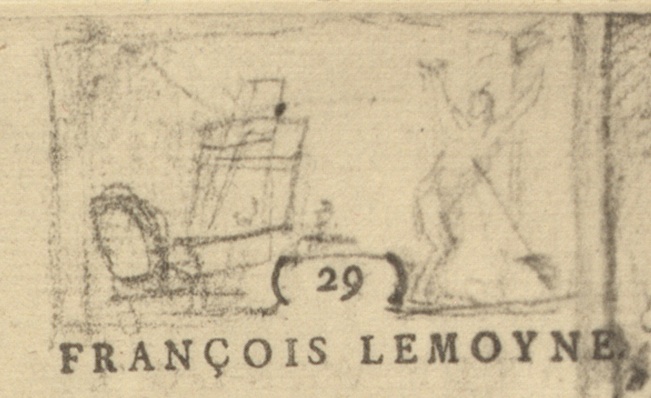 “The Mysterious Suicide of François Lemoyne”, Oxford Art Journal, vol. 38, no. 2 (June 2015)
“The Mysterious Suicide of François Lemoyne”, Oxford Art Journal, vol. 38, no. 2 (June 2015)
On 4 June 1737, the celebrated artist François Lemoyne, first painter to king Louis XV, committed suicide by violently stabbing himself to death with his sword. This article offers a forensically inspired art-historical narrative about a crime that took place three centuries ago. Using police records, medical reports, property inventories, eyewitness accounts, and the archives of the Académie Royale, this study pieces together the intriguing tale of Lemoyne’s suicide, examining what drove him to such tragic extremes, and resolving the mystery of how he committed his bloody act. But even more fascinating than the story of Lemoyne’s death is what the evidence uncovers about the ordinary details of Lemoyne’s life, offering glimpses into private spaces, habitual routines, personal relationships, and professional ambitions. Showing how an investigation of Lemoyne’s death reveals more than we might expect about the wider art world of eighteenth-century Paris, this article re-evaluates our art-historical aversion to biography. Borrowing methods from historical writing as well as looking for a distinctly art-historical approach, this article makes a case for the potential of microbiographical and object-driven modes of life-writing in social histories of art.
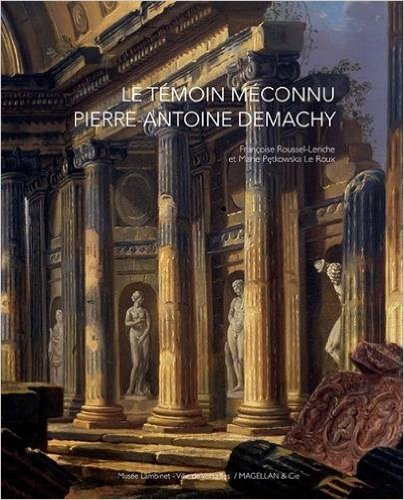 “Le Louvre de Demachy: le palais et le quartier au XVIIIe siècle”, Pierre-Antoine Demachy: le témoin méconnu, exhib. cat. (Musée Lambinet: Versailles, 2014)
“Le Louvre de Demachy: le palais et le quartier au XVIIIe siècle”, Pierre-Antoine Demachy: le témoin méconnu, exhib. cat. (Musée Lambinet: Versailles, 2014)
Pierre-Antoine Demachy was a local of the quartier du Louvre. A Parisian through and through, Demachy was born in the city, lived and died there, and Paris itself was the major focus of his œuvre. He witnessed the Louvre’s eighteenth-century transformations as both artist and inhabitant, and the palace became one of his most frequently visited subjects. In the context of the first exhibition to be devoted to this Parisian artist, this essay examines Demachy’s representations of the Louvre and his engagement with the city as an artist. Unlike many of his architecture and landscape painting colleagues, such as Hubert Robert or Joseph Vernet, Demachy had little interest in historicised classical landscapes or fantastical foreign ruins, instead taking inspiration from the streets he walked and the buildings he passed each day. Though an inveterate observer of everyday life, Demachy’s paintings are not straightforward naturalistic renderings of people and places, but rather, as this essay argues, they are aestheticised evocations of the experience of eighteenth-century Paris.
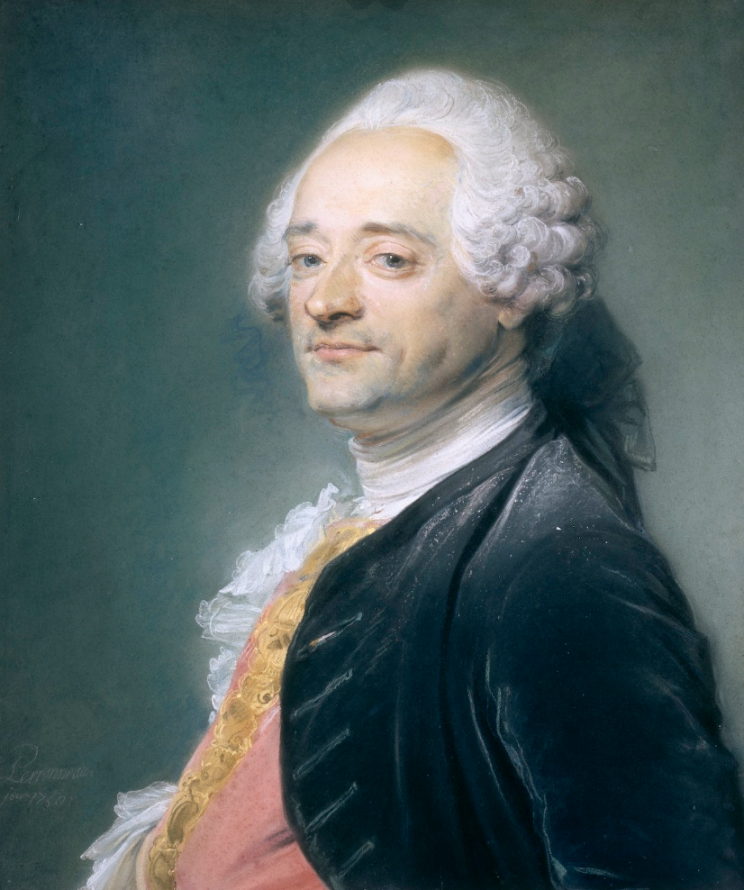 “Academic Intimacies: Portraits of Family, Friendship, and Rivalry at the Académie Royale”, Art History, vol. 36, no. 2 (April 2013), 338-365
“Academic Intimacies: Portraits of Family, Friendship, and Rivalry at the Académie Royale”, Art History, vol. 36, no. 2 (April 2013), 338-365
Through a close study of artists’ portraits, this essay explores intimate relationships that developed at the Académie Royale in eighteenth-century Paris. Written as three stories about six artists, the essay examines three different kinds of intimate relationship: family (with Jean-Marc Nattier and his son-in-law Louis Tocqué), friendship (with Jean-Baptiste Greuze and Johann-Georg Wille), and rivalry (with Maurice-Quentin de La Tour and Jean-Baptiste Perronneau). Traced through and told via the portraits that the artists made of themselves and each other, these stories of academic intimacies reconstruct something of the complex social networks of artists in early modern Paris, and reveal the crucial role played by art objects in the negotiation of their relationships. Combining art-historical and microhistorical approaches in a step towards a more intimate understanding of the Académie as an artistic community, this essay also offers insights into the unique value and agency of portraits as aesthetic, social, ritual, and historical objects.
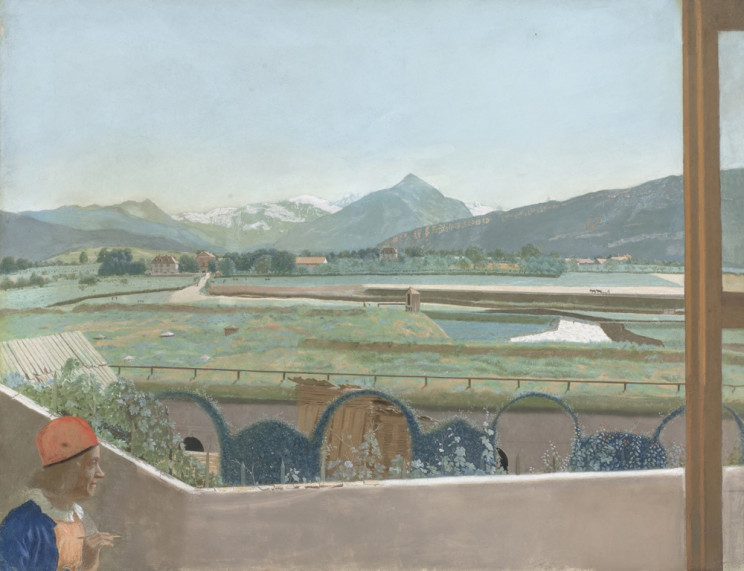 “A Phenomenology of Vision: the Self-Portraits of Jean-Étienne Liotard”, no. 34, RIHA Journal (2012)
“A Phenomenology of Vision: the Self-Portraits of Jean-Étienne Liotard”, no. 34, RIHA Journal (2012)
This essay analyzes the self-portraits of the Swiss painter Jean-Étienne Liotard (1702-1789). Interpreting these objects through the lens of Maurice-Merleau-Ponty’s writings on art and vision, I argue that Liotard’s self-portraits can be understood as artistic experiments relating to the fundamental phenomenological problem of seeing and representing the lived-body. Through close analysis of Liotard’s art works and art writing, in his Traité des principes et des règles de la peinture (1781), this essay re-evaluates the art-historical tendency to read Liotard’s self-portraits biographically as pictures of his unusual life or as tools of self-promotion.
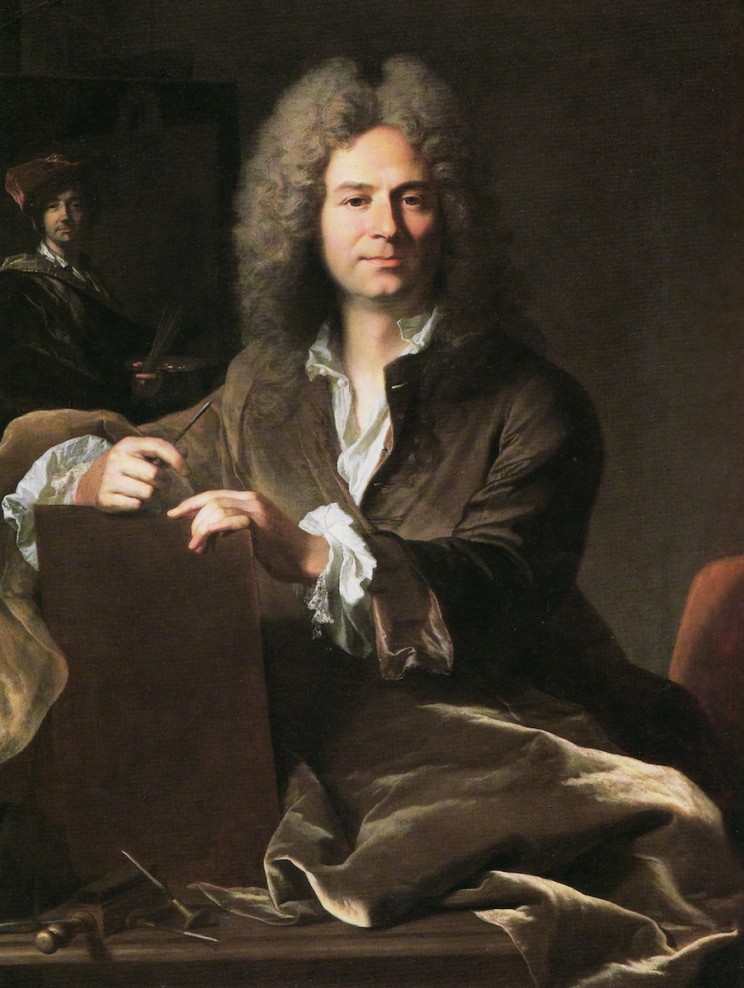 “Le peintre gravé et les graveurs peints: les portraits d’amitié de Hyacinthe Rigaud et ses graveurs”, Drückgraphik: Zwischen Reproduktion und Invention, eds. M. Castor et. al. (Berlin: Deutscher Kunstverlag, 2010), 55-66
“Le peintre gravé et les graveurs peints: les portraits d’amitié de Hyacinthe Rigaud et ses graveurs”, Drückgraphik: Zwischen Reproduktion und Invention, eds. M. Castor et. al. (Berlin: Deutscher Kunstverlag, 2010), 55-66
This essay examines the portraits and self-portraits exchanged in friendship between the painter, Hyacinthe Rigaud, and two engravers, Gerard Edelinck and Pierre Drevet, with whom he developed a close working relationship. Investigating the social networks that emerged between these artists, this essay examines the role that portraits could play as objects negotiating personal relationships and professional hierarchies. As Rigaud painted his engravers, and as Edelinck and Drevet engraved their painter, the objects these men produced became artistic offerings that mediated the friendships that formed in the artists’ studios of eighteenth-century Paris. Given the art-making acts involved in these social exchanges, this essay also explores the idea of translation, both as an artistic practice (reproducing paintings as engravings) and as a social practice (that is, as exchanges within an artistic community).
 “Romney’s Blank Canvas”, Rutgers Art Review, vol. 26 (2010), 34-48
“Romney’s Blank Canvas”, Rutgers Art Review, vol. 26 (2010), 34-48
George Romney’s portrait of Emma, Lady Hamilton (ca.1786) is an intimate representation of the artist’s favoured model. Yet there is a striking absence here of the social identity of the sitter characteristic of portraiture in the period. In this essay, rather than view the painting straightforwardly as a representation of its nominal sitter, I explore its irregularities by reading it as the encounter between an unconventional portrait subject and an unconventional portraitist. Interpreting the portrait as an index of the performative act of portrayal, this essay analyses the role played by Emma as an uninscribed subject – a blank canvas – upon which Romney could experiment with his expressive painterly techniques. Such an analysis reveals the inventiveness of Romney’s artistic practice and the complexities of his approach to portraiture in this period.
 “Autoportrait ou portrait de l’artiste peint par lui-même? Se peindre soi-même à l’époque modern”, Images Re-vues, no. 7 (2009)
“Autoportrait ou portrait de l’artiste peint par lui-même? Se peindre soi-même à l’époque modern”, Images Re-vues, no. 7 (2009)
In France during the seventeenth and eighteenth centuries, the ‘self-portrait’ did not exist. At least, the word did not exist, as the objects that art historians now understand by this term were described in the artistic discourse of the period as, simply, ‘a portrait of the artist painted by himself’. In this essay, I argue that this nomenclature is not merely a question of semantics, but rather an indication of the very different modes of representation involved. If not, how else are we to account, for example, for the striking Double Self-Portrait (1654) painted by Jean-Baptiste de Champaigne and Nicolas de Plattemontagne? With its two sitters and two creators, this painting would appear to be completely unfamiliar with our contemporary idea of a self-portrait as an introspective study by a single author who observes and expresses his/her own subjectivity. Through an analysis of this fascinating painting and several other portraits of artists, I consider what these objects suggest about the experience of self-portraiture as a mode of representation in the early modern period.
 “Viewing libertinage in Charles-Antoine Coypel’s Children Playing at the Toilette (1728)”, immediations, vol. 1, no. 4 (May 2007), 25-30
“Viewing libertinage in Charles-Antoine Coypel’s Children Playing at the Toilette (1728)”, immediations, vol. 1, no. 4 (May 2007), 25-30
With its unusual representation of partially naked children masquerading in contemporary fashions and play-acting at adult behaviour, Charles-Antoine Coypel’s Children Playing at the Toilette (1728) does not fit neatly within the visual traditions of early eighteenth-century France. This essay seeks to provide a cultural context for Coypel’s painting by exploring its subject matter and aesthetic language in relation to the discourse of libertinage, a philosophy of freethinking that constituted a dominant strain in aristocratic culture of the period. Though it is more conventionally associated with literature, libertinage reached beyond textual representations, and I argue in this essay that it be understood as the framework underpinning the shifting relationship between pleasure and moral critique which characterises Coypel’s bizarre painting. At the same time as exploring the painting in relation to this cultural discourse, this essay is also concerned with the work’s different audiences throughout the century and with the concomitant semantic mobility of this image. Accordingly, the essay is structured in three parts suggested by the different audiences, each offering an alternative view of elements within the work and articulating a different interpretation of the relationship between pleasure and critique in this unusual libertine painting.